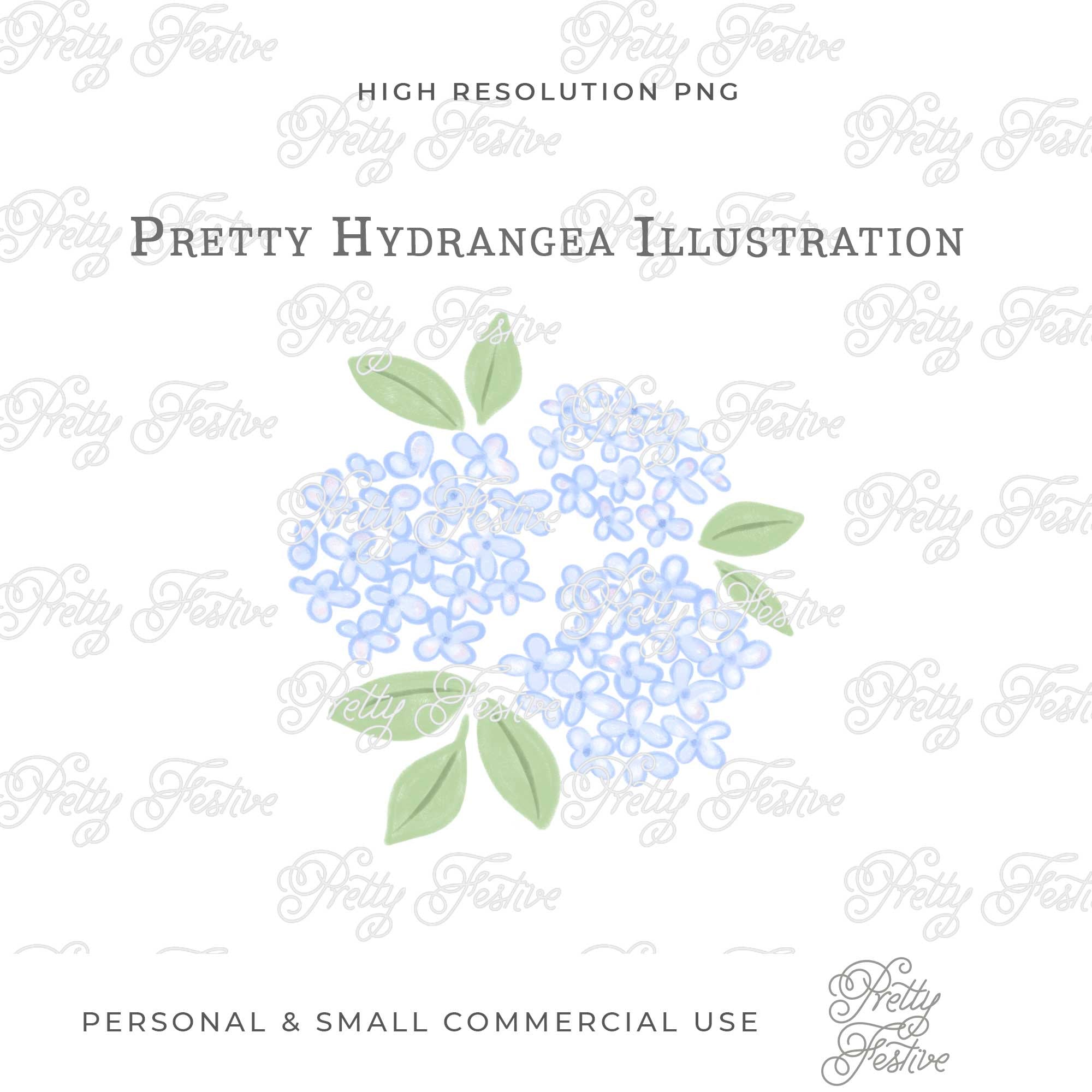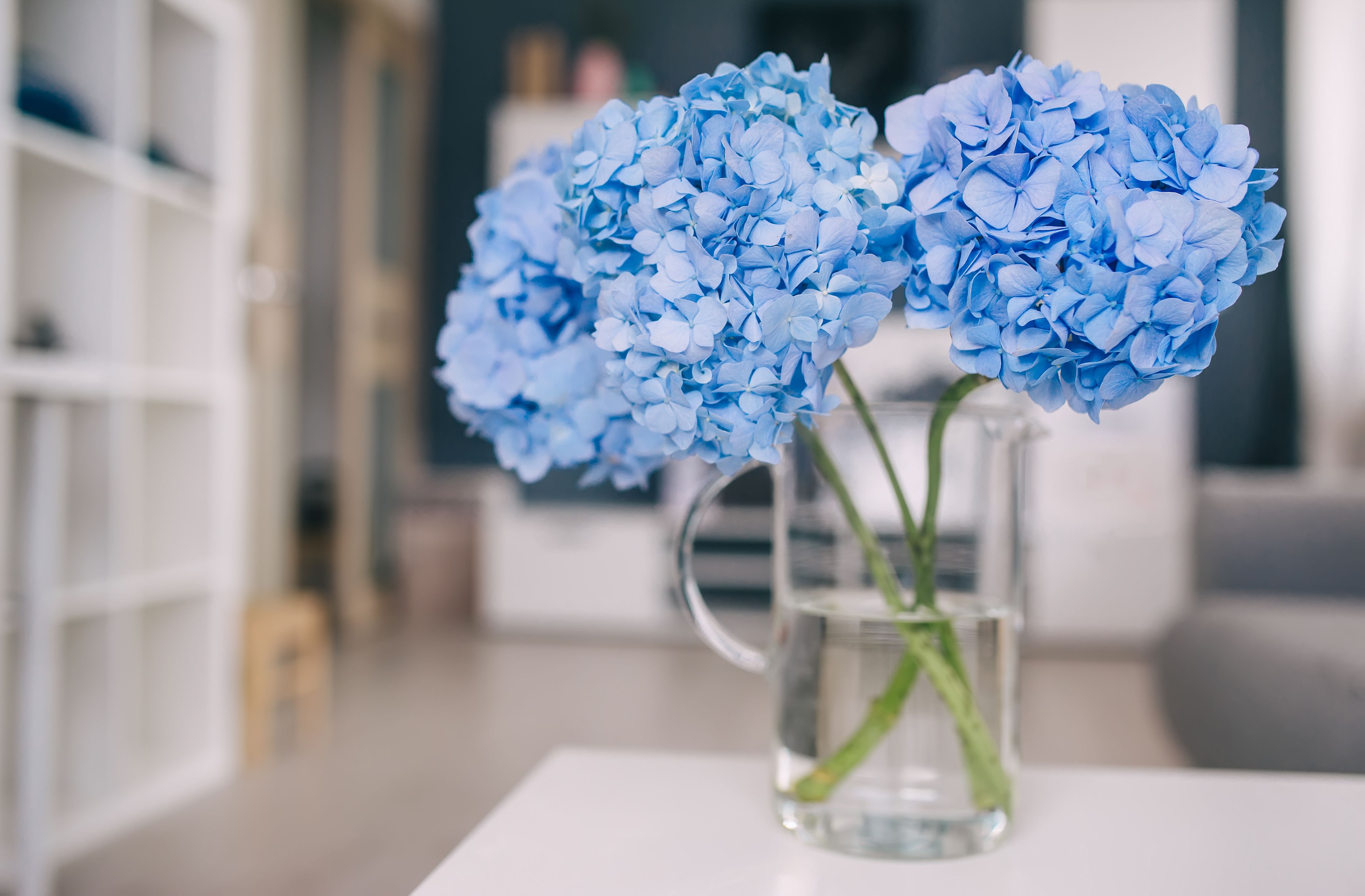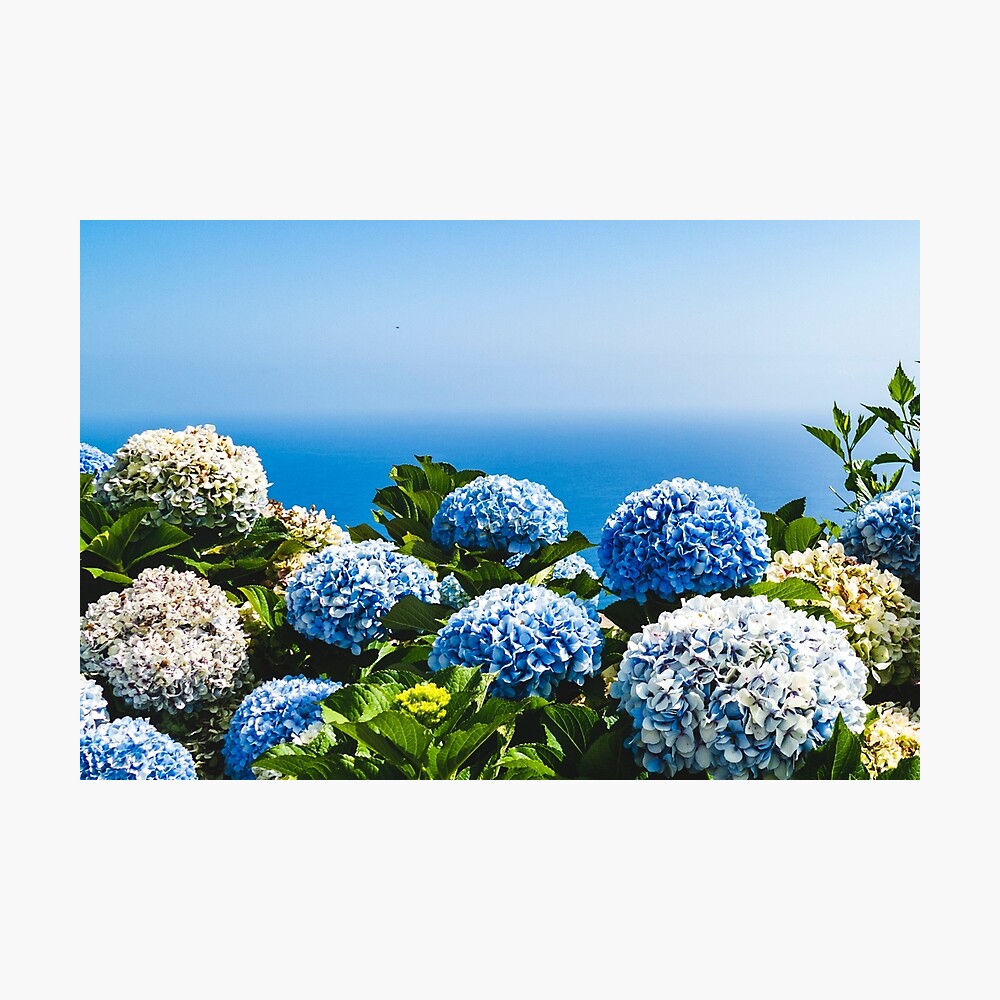How To Grow Nantucket Blue Hydrangeas For Stunning Blue Blooms
Introduction
Nantucket Blue hydrangeas are a popular choice for gardeners because of their beautiful blue blooms. They are relatively easy to grow, but there are a few things you need to do to ensure that they thrive. In this blog post, I will discuss the best practices for growing Nantucket Blue hydrangeas, including soil pH, watering, and pruning.
Soil pH
The acidity of your soil will determine the color of your Nantucket Blue hydrangeas. If you want blue blooms, you need to make sure that your soil is acidic. The ideal pH for Nantucket Blue hydrangeas is between 5.5 and 6.5. If your soil is too alkaline, your hydrangeas will bloom pink.
You can test the pH of your soil with a soil test kit. Once you know the pH of your soil, you can adjust it by adding sulfur or aluminum sulfate. Sulfur will lower the pH of your soil, while aluminum sulfate will make it more acidic.
Watering
Nantucket Blue hydrangeas need regular watering, especially during the summer months. When you water your hydrangeas, make sure to water the soil thoroughly. Do not just water the leaves.
Pruning
Nantucket Blue hydrangeas can be pruned in the late summer or early fall. When you prune your hydrangeas, remove any dead or diseased branches. You can also trim the stems to keep the plant's shape.
Conclusion
By following these tips, you can grow beautiful Nantucket Blue hydrangeas that will bloom blue all summer long.
Additional Tips
- Plant your Nantucket Blue hydrangeas in a location that gets partial shade. Too much sun will make the blooms fade.
- Add a layer of mulch around your hydrangeas to help retain moisture and suppress weeds.
- Fertilize your hydrangeas in the spring with a balanced fertilizer.
- Watch for pests and diseases, and treat them promptly if they occur.
With a little care and attention, you can enjoy stunning blue blooms from your Nantucket Blue hydrangeas for many years to come.
The Nantucket Blue Hydrangea is a beautiful and easy-care plant that can add a touch of elegance to any garden. It blooms in shades of blue, lavender, or pink, depending on the pH of the soil. Nantucket Blue Hydrangeas are relatively drought-tolerant and can thrive in a variety of climates.
If you are interested in learning more about Nantucket Blue Hydrangeas, please visit Garden Wiki. This website has a wealth of information about the plant, including care instructions, growing tips, and photos.
FAQ of nantucket blue hydrangea
Q: What are the care requirements for Nantucket blue hydrangeas?
A: Nantucket blue hydrangeas are relatively easy to care for, but they do have some specific requirements. They need regular watering, especially during the summer months. They also need well-draining soil, as they are susceptible to root rot. Nantucket blue hydrangeas prefer partial shade, with morning sun or filtered light. They can tolerate full sun in some cases, but this may result in less blooms.
Q: How do I get my Nantucket blue hydrangeas to bloom?
A: There are a few things you can do to help your Nantucket blue hydrangeas bloom. First, make sure they are getting enough sunlight. As mentioned above, they prefer partial shade, but they can tolerate full sun in some cases. Second, fertilize them in the spring and after the first blooming. Use a fertilizer specifically designed for hydrangeas. Third, deadhead spent blooms. This will encourage new blooms to form.
Q: Why are my Nantucket blue hydrangeas not blooming?
A: There are a few reasons why your Nantucket blue hydrangeas might not be blooming. One possibility is that they are not getting enough sunlight. Another possibility is that they are not getting enough water. Finally, it is also possible that the soil is too alkaline. Nantucket blue hydrangeas prefer acidic soil. If you think the soil pH might be the problem, you can test the soil and add sulfur to acidify it.
Q: How do I change the color of my Nantucket blue hydrangeas?
A: The color of Nantucket blue hydrangeas can be affected by the pH of the soil. In acidic soil, the flowers will be blue. In alkaline soil, the flowers will be pink. If you want to change the color of your Nantucket blue hydrangeas, you can add lime to the soil to make it more alkaline, or you can add sulfur to the soil to make it more acidic.
Q: What are some companion plants for Nantucket blue hydrangeas?
A: Some good companion plants for Nantucket blue hydrangeas include:
- Astilbe
- Black-eyed Susan
- Coneflower
- Daylily
- Hosta
- Iris
- Peony
- Rose
- Yarrow
These plants will all thrive in the same conditions as Nantucket blue hydrangeas, and they will add variety and interest to your garden.
Image of nantucket blue hydrangea
- Nantucket Blue Hydrangea in full bloom.

- Close-up of a Nantucket Blue Hydrangea flower.

- Nantucket Blue Hydrangeas in a garden setting.

- A single Nantucket Blue Hydrangea flower against a white background.

- A cluster of Nantucket Blue Hydrangeas in a vase.

- A Nantucket Blue Hydrangea against a blue sky.

- A Nantucket Blue Hydrangea in the shade.
- A Nantucket Blue Hydrangea in a pot.

- A Nantucket Blue Hydrangea in a terracotta pot.
- A Nantucket Blue Hydrangea in a hanging basket.
Post a Comment for "How To Grow Nantucket Blue Hydrangeas For Stunning Blue Blooms"